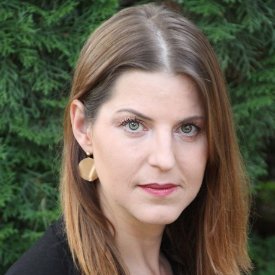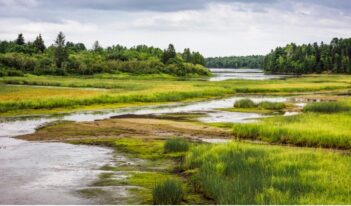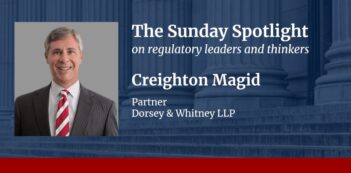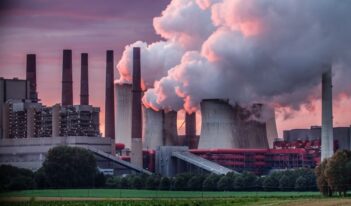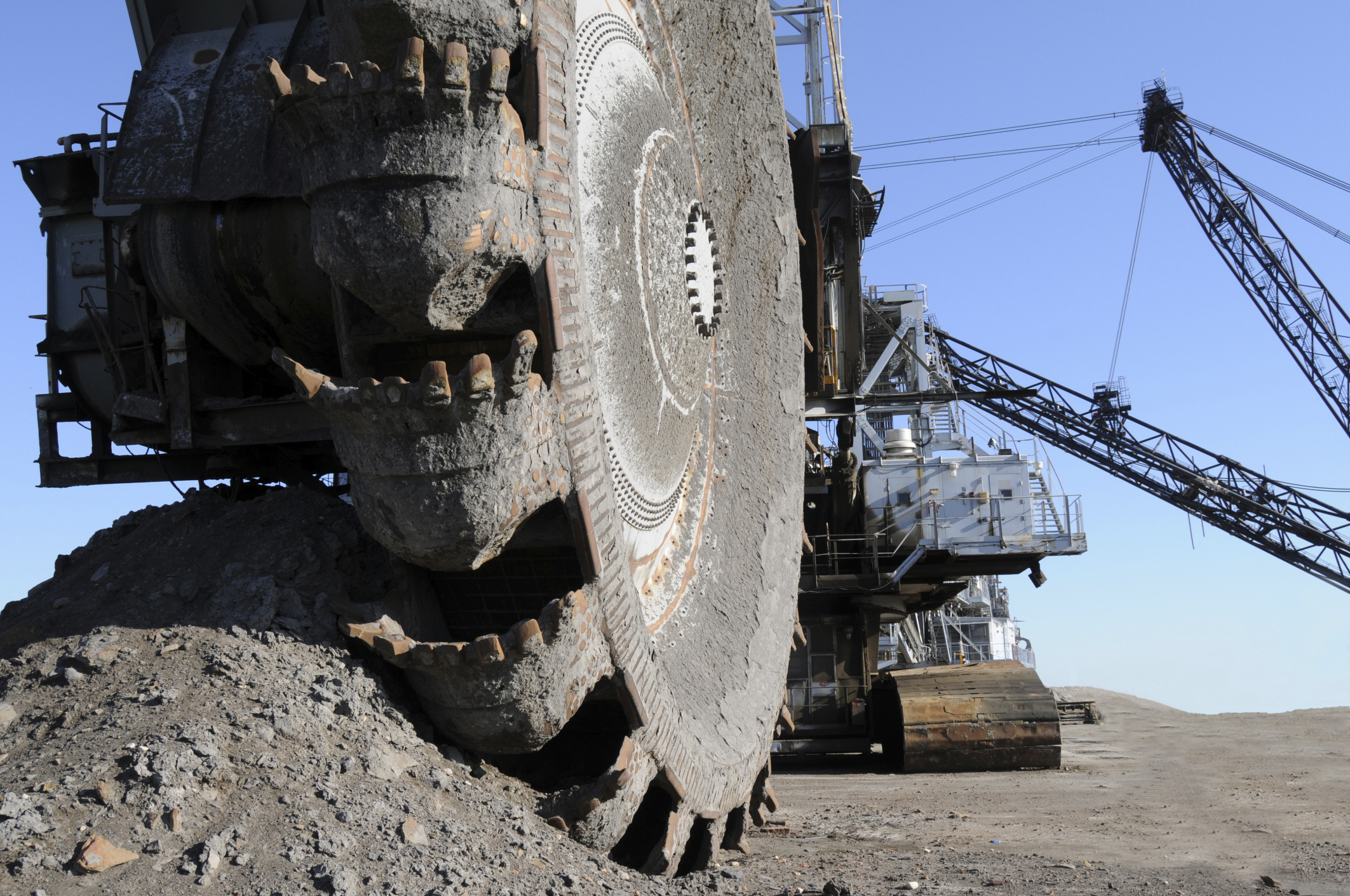
Scholars examine the framing of fairness in debates over Canadian oils sands regulation.
Fairness is a fundamental goal of regulation. This is especially the case with regulatory decisions – such as energy production and climate change – that entail complex technological, economic, environmental, and sociopolitical concerns, differentially distributed through space and time. With such complex decisions, What is fair and how do we know?
As one approach to answering this question, we analyzed the transcripts from regulatory hearings and the surrounding media discussions on the development of the Canadian oil sands, from the 1960s to the present day. In our analysis, we drew from psychology, organizational theory, and environmental justice research to examine framings of fairness as they relate to conceptions of social and environmental justice, particularly within contested markets. In addition to the dimensions of fairness, we focused on the rhetorical strategies used to argue for or against specific issues.
The results of our analysis point to six meta-framings of fairness based on:
- a moral code defining appropriate behavior
- the accessibility of information
- appropriate decision-making processes
- technical standards and best practices
- consideration of space/time, and
- the distribution of benefits and costs.
These six framings elaborate the content and meaning of fairness arguments made by a diverse set of individuals. They were applied to fairness in terms of man versus nature, past versus present versus future, known versus unknown, the one versus the many, and other moral tensions.
We find that the framing of fairness has evolved dramatically through time. For instance, in 1969 fairness was frequently framed in economic terms in debates over government regulatory policies. In 2010, fairness was primarily framed as an issue of health and nature, including considerations about the rights of future generations and the very jurisdiction of the regulatory board itself. This is an important finding, as it challenges the idea of universal norms of fairness in general or environmental justice in particular. It also specifically underlines the key role of historical context in the construction of fairness.
Government hearings and their associated media coverage have been crucial in redefining the basis of fairness. This was not only the case in terms of how the decisions reached were justified, but these decisions themselves reconstructed the framings of fairness for subsequent discussions in the media and elsewhere.
Interestingly, the notion of the relevant stakeholders or communities has expanded significantly over time. In 1969, the question of oil sands was primarily regional, although related to exports. But by 2010, oil sands had become a national and even global issue. Similarly, the time horizon expanded from more immediate concerns to long-term economic and environmental issues. This development had an obvious effect on the role of the hearings: in 1969, the hearing was the key arena, while in 2010 the media had arguably become a crucial site for discussion. This was also shown in the way that incumbents and the challengers approached the issues. In 2010, the greatest opposition was expressed in the media, while within the hearing itself opponents offered more moderate, contingent arguments.
Hearings can be seen as a framing contest between multiple stakeholders. Our analysis shows how participants in these hearings used specific framings and rhetorical strategies to their advantage. Key to success was kairos – an ability to construct understandings of fairness at the right time. This meant seizing the opportunity of hearings, being skillful in argumentation during these events, and creating greater resonance and action mobilization, such that advocates’ framings became the predominant frame in persuading both the regulatory board and the court of public opinion.
Our analysis also reveals a dynamic relationship between frame containment versus frame expansion that plays a crucial role in policy framing contests. To defend the status quo, incumbents tend to seek to contain the frames of fairness (i.e., impacts as negligible and controllable, limiting regulatory focus, restricting corporate responsibilities). To argue for change, challengers, by contrast, mostly appear to expand the bases of comparisons (i.e., impacts from local to global, criticism from adjacently effected to distally disaffected, consideration of present to multi-generational past-present-future).
In sum, our research shows the crucial role that framing plays in deliberation about regulatory policy. Over time, more stakeholders have entered into such debates, and the way that they invoke fairness has undergone a radical evolution. Justice, at least as a rhetorical strategy, is not universal; it appears that conceptions of fairness have changed and will change over time. Regulatory authorities and their decisions must reflect this evolution if they are to maintain their “social license to regulate.”
This post draws on the authors’ journal article currently under review, “Framing Fairness: The Case of Alberta’s Oil Sands.”

